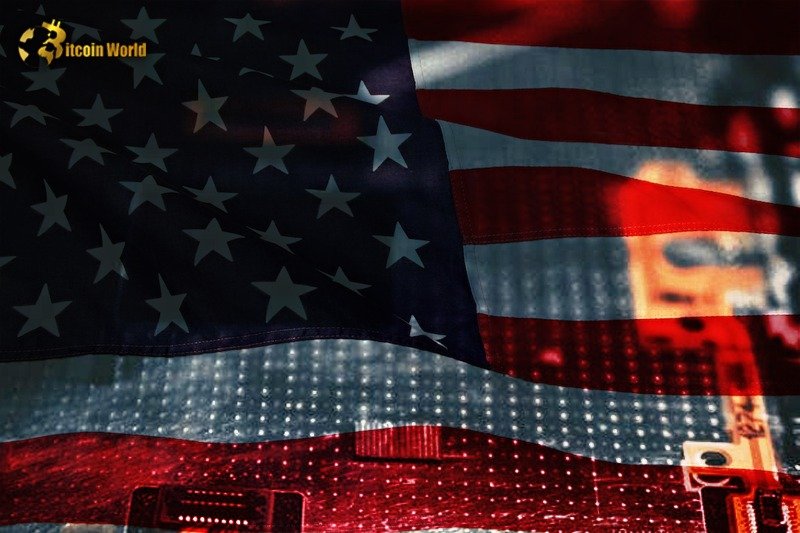The extension of export controls on AI semiconductor chips encompasses a fresh performance threshold, expansions in licensing requirements, and a new notification mandate, among other adjustments.
On October 17, the Bureau of Industry and Security (BIS) within the United States Department of Commerce issued a notification broadening the existing export controls on artificial intelligence (AI) chips to include China. The BIS emphasized that these recently introduced regulations “strengthen” those implemented in October 2022, aimed at limiting China’s access to “specific high-end chips crucial for military advantage.” Alan Estevez, the Under Secretary of Commerce for Industry and Security, shared thoughts on the updated controls: “Export controls serve as a potent national security instrument, and the revisions unveiled today build upon our continuous evaluation of U.S. national security and foreign policy concerns linked to the PRC’s military-civil fusion and military modernization efforts.” One notable modification involves a new “performance threshold” for chips exportable from the United States. Previously, the focus of export rules was on the top-performing chips from leading companies like Nvidia and AMD, allowing these companies to still export other models, such as Nvidia’s A800 and H800, to China. However, the updated regulation extends the embargo to cover even the A800 and H800 chips from being exported to China. China stands as one of Nvidia’s significant markets, alongside Taiwan and the United States. The rule also mandates the notification of the export of “specific additional chips” just below the performance threshold, following which the government will assess whether the transaction can proceed. In addition to these restrictions, the U.S. government announced a new exemption allowing the export of chips for consumer applications. Alongside the introduction of the performance threshold, BIS also unveiled a framework designed to deter the circumvention of these regulations. This includes instituting a global licensing requirement for the export of controlled chips to any U.S.-embargoed country, defining new indicators to identify restricted chips, implementing a notification requirement for high-end gaming chip exports, and soliciting public input on various related matters. The administration also expressed its intention to regulate the export of manufacturing equipment and materials essential for producing high-end chips. According to the notification, these rules will be effective from November 16, 2023, with a deadline for public comments on the rules set 60 days later. This adjustment to export conditions coincides with the announcement from Chinese tech company Baidu about the release of version 4.0 of its AI chatbot Ernie, claiming parity with OpenAI’s ChatGPT.

